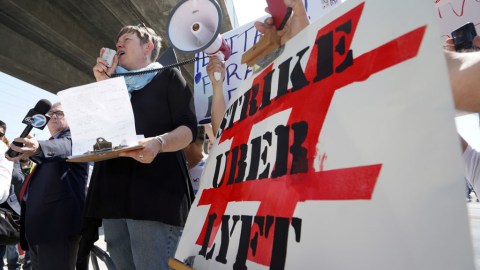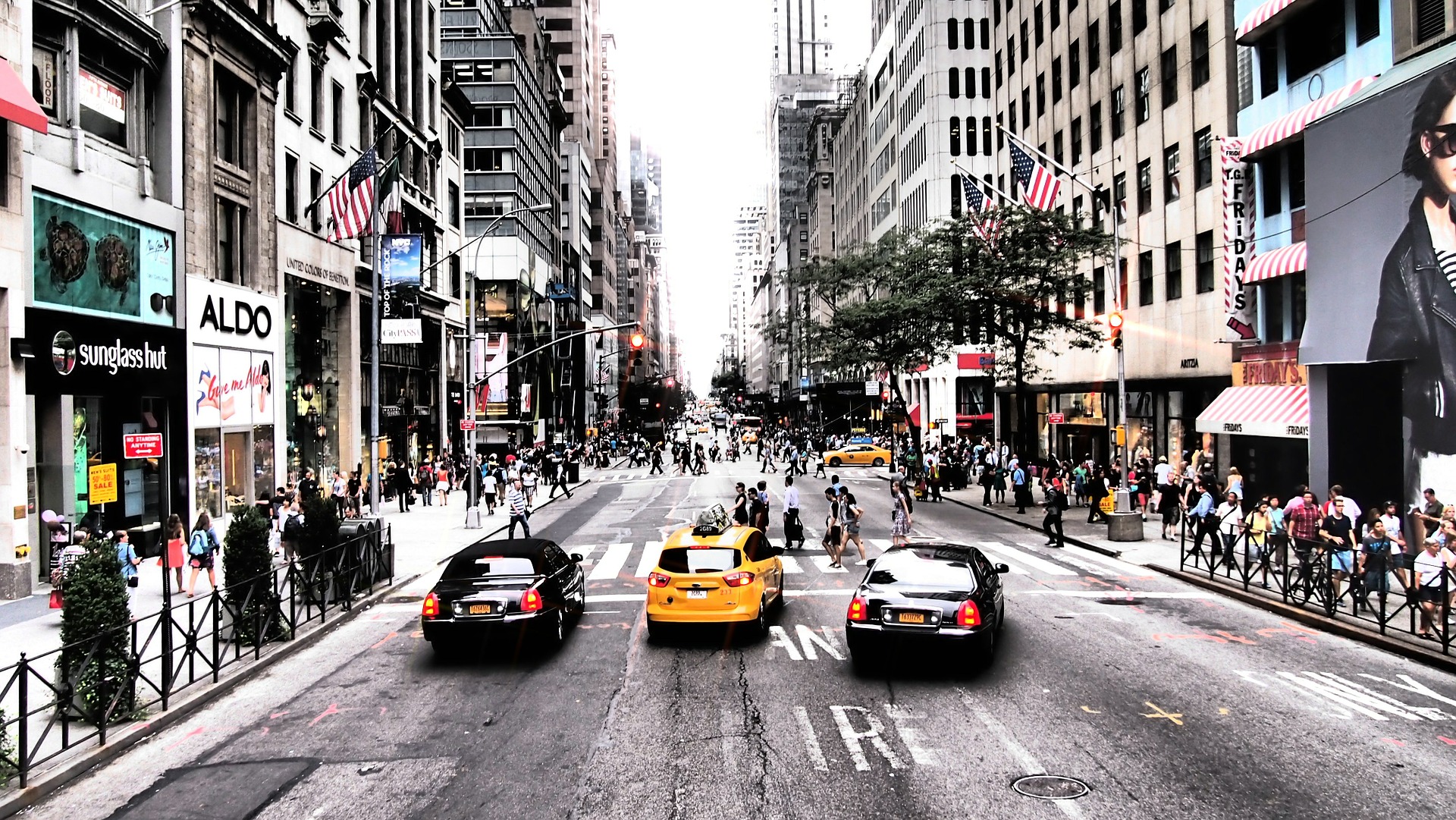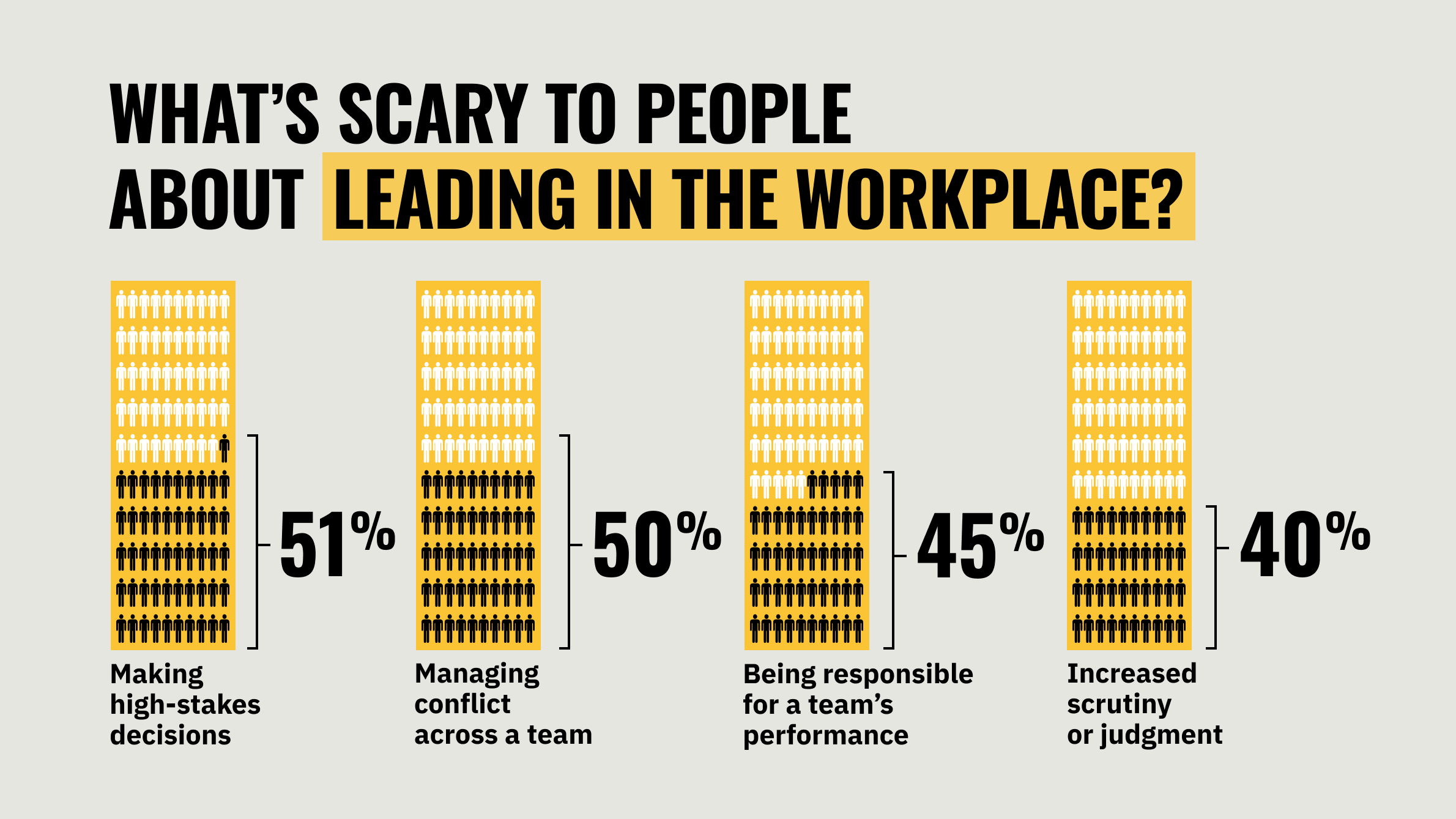Why Uber and Lyft drivers are striking ahead of IPO

- Uber and Lyft drivers have organized small-scale protests and strikes in about 20 cities worldwide.
- They’re demanding benefits, higher wages, and better worker protections.
- It seems like the situation might only get worse for drivers after Uber goes public, considering the company will face pressures from shareholders to turn profits.
Uber and Lyft drivers around the world are staging protests on Wednesday, demanding the ride-sharing companies provide them benefits, better pay and status as full-time workers. The protests come two days before Uber’s highly anticipated initial public offering on the New York Stock Exchange on Friday.
The protests are occurring in about 20 cities, including London, New York City, Boston, Chicago, Sydney, and San Francisco. An American independent contractor group called Rideshare Drivers United appears to be one of the organizations who organized the strikes. The group lists several demands on its website, including:
- 10% commission cap for Uber and Lyft
- Pay drivers per mile and per minute rate en route to the passenger
- Show drivers the estimated fare payment and the trip destination before accepting trip
- Uber and Lyft recognition of our independent, driver-led organization, to negotiate on behalf of drivers
- Rideshare vehicle cap to eliminate unnecessary traffic and carbon emissions
Uber and Lyft drivers’ status as independent contractors means they don’t enjoy the same labor protections, so it’s difficult for them to negotiate with employers like a traditional labor union would.
“We have no sick leave, and are forced to drive long hours to make ends meet,” Robin Thomas, 37, a full-time Uber driver, told The New York Times, adding that he makes about $8.50 per hour after expenses.
Muhumed Ali, who’s been an Uber driver for four years, joined the London protest. He told the Times he now works 60 hours a week to make ends meet, and while wages are falling but expenses are rising.
“It’s unfair,” he said of Friday’s IPO. “The bosses are getting billions in their pockets while drivers are living on poverty wages.”
In recent statements, Uber and Lyft didn’t substantively address any of the general demands brought by their protesting drivers.
Uber said in a statement, “Drivers are at the heart of our service ─ we can’t succeed without them ─ and thousands of people come into work at Uber every day focused on how to make their experience better, on and off the road.”
A spokesman for Lyft said, “We know that access to flexible, extra income makes a big difference for millions of people, and we’re constantly working to improve how we can best serve our driver community.”
How much do Uber drivers really earn?
Not much, at least after you consider expenses. A couple recent reports show:
- Uber drivers make an average wage of about $9.21, according to the left-leaning Economic Policy Institute. (Note: This study factored in expenses such as fuel and vehicle maintenance, self-employment taxes, and the cost of health benefits)
- Another study from MIT found that Lyft drivers make approximately $8.55 to $10 per hour.
- One-third of Uber drivers in the Washington, D.C. area took on debt as a result of working for the company, according to a study from Georgetown University.





